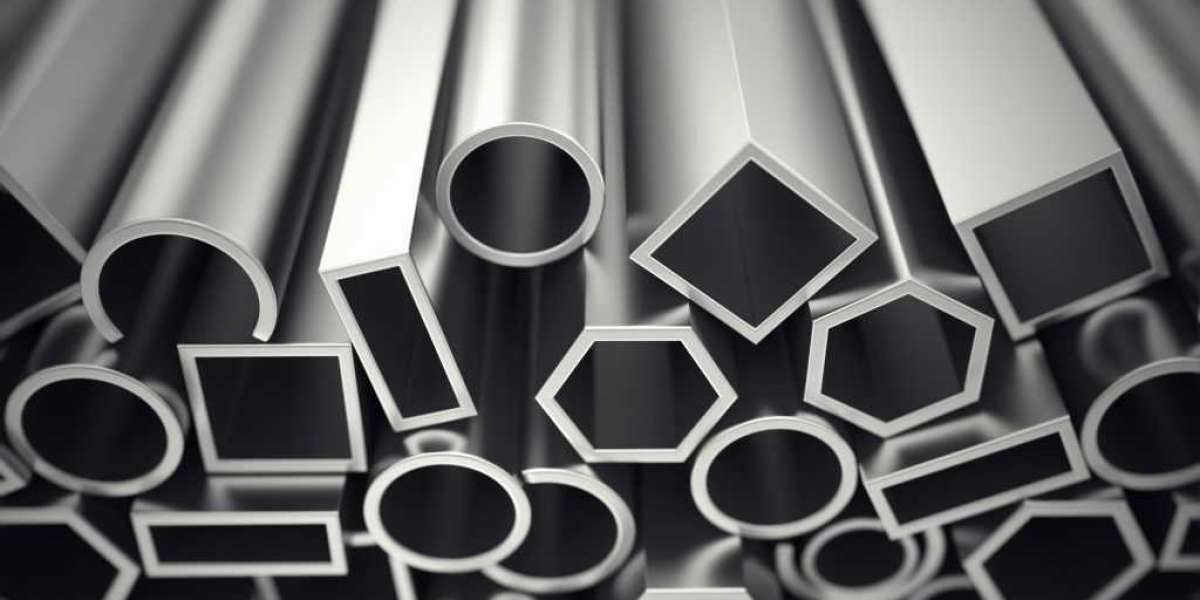For many years, researchers have been trying to find efficient and economical ways to utilize the extreme reactivity of aluminum to produce clean hydrogen fuel. A new study shows that an easily produced composite of gallium and aluminum can produce aluminum nanoparticles that react quickly with water at room temperature, producing a large amount of hydrogen.
Aluminum is a highly active metal that can strip oxygen from water molecules to produce hydrogen. It is widely used in products that are prone to becoming wet and does not pose a hazard because aluminum immediately reacts with air to form a layer of aluminum oxide, preventing further reactions.
For many years, researchers have been trying to find efficient and economical ways to utilize the reactivity of aluminum to produce clean hydrogen fuel. A new study conducted by researchers at the University of California, Santa Cruz, has shown that an easily produced composite of gallium and aluminum can produce aluminum nanoparticles that react quickly with water at room temperature, producing a large amount of hydrogen. Gallium can be easily recycled and reused after reaction, theoretically generating 90% hydrogen from all aluminum reactions in composite materials.
"We don't need any energy input, it can generate hydrogen crazily. I've never seen anything like this," said UCSC chemistry professor Scott Oliver.
Oliver and Bakthan Singaram, professors of chemistry and biochemistry, are the corresponding author of a newly discovered paper, which was published in Applied Nanomaterials on February 14.
The reaction of aluminum and gallium with water has been known since the 1970s, and related videos can be easily found online. Its working principle is that liquid gallium above room temperature can remove the passive aluminum oxide coating, allowing aluminum to come into direct contact with water. However, this new study includes some innovative and novel findings that may lead to practical applications.
This technology is being applied for a US patent.
Singaram said that the study originated from a conversation he had with a student, coauthor Isai Lopez, who had seen some videos and started experimenting with aluminum gallium for hydrogen production in his home kitchen.
"He didn't do this in a scientific way, so I asked him to do a systematic study with a graduate student. I believe that measuring the hydrogen output of different proportions of gallium and aluminum will become a good graduation thesis for him."
Previous studies have mostly used aluminum rich mixtures of aluminum and gallium, or in some cases more complex alloys. But Singaram's laboratory has found that using gallium rich composites can increase hydrogen production. In fact, the rate of hydrogen production is unexpectedly high, and researchers believe that this gallium rich alloy must be fundamentally different.
Oliver believes that the formation of aluminum nanoparticles can explain the increase in hydrogen production, and his laboratory has the equipment required for alloy nanoscale characterization. Through scanning electron microscopy and X-ray diffraction, the researchers demonstrated the formation of aluminum nanoparticles in a 3:1 gallium aluminum composite material, and found that this is the optimal ratio for hydrogen production.
In this gallium rich composite material, gallium can both dissolve the aluminum oxide coating and separate aluminum into nanoparticles. "Gallium can separate nanoparticles and prevent them from aggregating into larger particles," Singaram said. "People have been working hard to produce aluminum nanoparticles, and now we produce them at normal atmospheric pressure and room temperature."
Making this composite material only requires simple manual mixing.
Oliver said, "Our method uses a small amount of aluminum, which ensures that aluminum is dissolved in most gallium in the form of discrete nanoparticles." "This produces a large amount of hydrogen, which is almost identical to theoretical values based on the amount of aluminum. This also makes gallium recovery easier to reuse."
This composite material can be made from ready-made aluminum materials, including used aluminum foil or cans, and can be covered with cyclohexane to prevent long-term storage due to moisture.
Singaram said that although gallium is not abundant and relatively expensive, it can be recycled and reused multiple times without losing its effectiveness. However, it remains to be seen whether this process can be expanded to practical applications in commercial hydrogen production.



